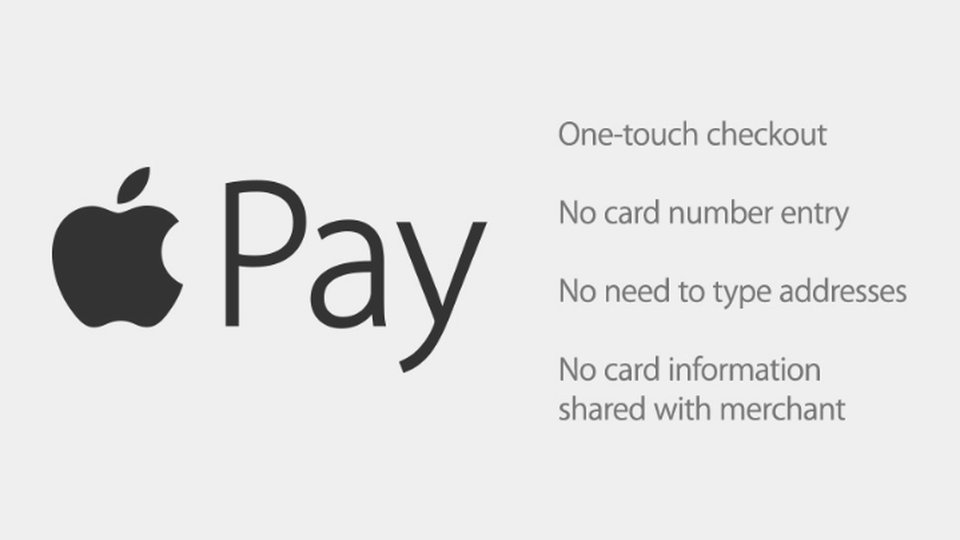Article
Apple Pay: A short-term plan for 500 banks?
Costs associated with the Apple partnership might accelerate financial institutions' plans to release their own mobile wallets — perhaps even with some help from merchants.

October 21, 2014
More than 500 financial institutions are currrently in line to support Apple Pay, which went live Monday as part of an iOS 8 software update. But could their involvement in the scheme just be a placeholder until individual banks solidify their own mobile payments plans? At least one industry observer believes that is the case.
At an event last Thursday at company headquarters in Cupertino, California, Apple CEO Tim Cook said he expects that additional FI partnerships formed this year and into 2015 will further bolster support for Apple Pay. But while new partners give more consumers the chance to use Apple Pay, just how long those bank relationships will remain relevant remains to be seen.
"The key point for bankers is, simply signing a contract to issue or accept Apple Pay is not a mobile payments strategy," said Richard Crone, CEO and founder of Crone Consulting LLC. "Just as Intuit, Microsoft or AOL were merely bridges to a financial institution's own branded Internet banking experience in 1996, so will it be for their branded mobile banking apps."
Crone speaks from experience as he was the senior vice president and director of online banking at Home Savings of America in the late '90s. At the time, he convinced the bank's board of directors to spend $1.5 million to be included in the initial launch of online banking inside Intuit Quicken and Microsoft Money. Crone met his first-year projections within just three months of the launch.
"However, within a year we were able to connect directly with customers through our own 'app,' our own branded Internet banking site," Crone said. "Needless to say, we were able to abandon our financial commitment to Intuit and Microsoft and save millions of dollars."
The banks involved now with Apple Pay might view their partnership in much the same way. Don't forget that the banks are paying Apple for card payments initiated with Apple Pay. Jeffries & Company reports that the charge is 15 basis points per credit tap and a half cent per debit tap.
Crone believes Apple's cut of interchange is one of many costs that banks eventually will want to avoid — and that will lead them to work directly with retailers, and the Merchant Customer Exchange.
Crone believes banks would prefer to:
- eliminate the tokenization fees to Visa and MasterCard and American Express by using their own tokens in their own bank wallet;
- circumvent the processor fees for accounting and paying the fees to Apple, Visa and MasterCard;
- minimize the cost of providing tier-one customer or member service since Apple, Visa, MasterCard and the processors have all insulated themselves contractually from this responsibility;
- recapture the foregone value of the upside revenue potential from ads and offers, estimated to be worth about $300 per active mobile wallet user per year — the mobile wallet is a market platform, not just a wallet; and
- reduce the risk of losing the user interface, tender steering and marketing options to motivate banking customers or credit union members to use their preferred tenders and activate offers for which the FI compensated rather than a third-party intermediary.
"Banks are going to prefer using their own branded wallets to avoid all the costs listed above," Crone wrote. "Apple may or may not have studied history, but they are doomed to repeat it."
Cook continues to emphasize Apple Pay's security features and called the system the "easy, secure and private way to pay for things." It's a sign that he and Apple will continue to reassure consumers that their information is safe after the recent iCloud mess in which a hacker gained access to celebrity accounts and then proceeded to sell their nude photos on reddit in exchange for bitcoin.
PayPal ads poked fun at Apple's misfortune after the Apple Pay debut and questioned whether a tech company that can't protect selfies is up to protecting sensitive payment credentials.
Still, Cook touts Apple Pay as the new way for conducting commerce.
"We believe it's going to be huge and change the way we pay for things," he said at last Thursday's Cupertino event.
Consumers also will be able to use Apple Pay on the company's new line of iPads with the Touch ID fingerprint scanner, which was the most frequently requested feature for the Apple tablet family. However, the iPad Air 2 and the iPad mini 3 do not have an NFC chip, so Apple Pay will be limited to online commerce on those devices.
Cook did not spend much time on Apple Watch, but did announce a software development kit for the wearable. WatchKit allows developers to create apps for Apple Watch, which is due out early next year but does not have a firm release date.
Perhaps the most under-the-radar announcement from Apple was a single slide it showed about a SIM preinstalled in the iPad Air 2 with Wi-Fi and cellular network coverage.
"The Apple SIM gives you the flexibility to choose from a variety of short-term plans from select carriers in the U.S. and U.K. right on your iPad," according Apple's description of the feature. "So whenever you need it, you can choose the plan that works best for you with no long-term commitments. And when you travel, you may also be able to choose a data plan from a local carrier for the duration of your trip."
Initial participating mobile network operators include AT&T, Everything Everywhere, T-Mobile and Sprint.









